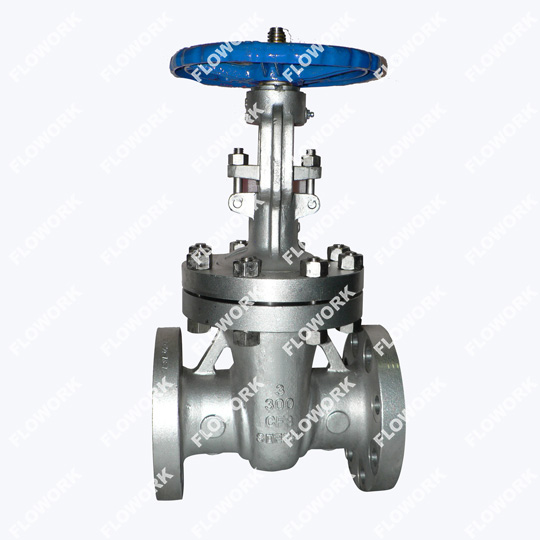What is DIN material?
I would like to talk to you about the concept, classification, characteristics and applications of DIN materials. I will analyze the ideas behind the DIN standard in detail, and demonstrate the outstanding contributions of DIN materials in the industrial field through specific cases and practical applications.
1. Overview of DIN materials
DIN, the German Industrial Standard, is a set of technical specifications and quality standards covering multiple industries. DIN materials are high-quality materials produced in compliance with these standards and are widely used in machinery, automobiles, construction, metallurgy and other fields, forged ball valve.

2. Classification and characteristics of DIN materials
Steel: Steel under DIN standards has excellent strength, toughness and corrosion resistance. Among them, high-strength structural steel and tool steel are ideal for manufacturing heavy machinery, automobiles and ships.
Non-ferrous metals: DIN non-ferrous metals include aluminum, copper, zinc, etc. These materials have good electrical conductivity, thermal conductivity and ductility and are widely used in electronics, aerospace and chemical industries.
Plastics and Rubber: Plastics and rubber materials following DIN standards have excellent aging resistance, impact resistance and insulation, and are often used in the manufacture of pipes, seals and cables, low temperature ball valves.
Fasteners: DIN fasteners include bolts, nuts, washers, etc. These products have consistent size and performance to ensure the safety and reliability of equipment.
3. Application fields of DIN materials
Mechanical Engineering: In the field of mechanical engineering, DIN steel and non-ferrous metals are widely used in the manufacture of key components such as machine tools, engines, and bearings to ensure the accuracy and reliability of equipment.
Automobile industry: DIN materials occupy an important position in automobile manufacturing, including high-strength steel plates, aluminum alloys, plastic parts, etc., providing excellent performance and safety guarantee for automobiles.
Construction and Infrastructure: Steel, fasteners and piping systems that comply with DIN standards are widely used in infrastructure projects such as bridges, highways, tunnels, etc. to ensure the safety and durability of the project.
Petrochemical industry: In the field of petrochemical industry, DIN plastics, rubber and corrosion-resistant metal materials are widely used in the manufacture of pipelines, storage tanks, valves and other equipment to ensure the safety and stability of chemical production, duplex stainless steel ball valve.

4. Concepts and practical application cases behind DIN materials
Quality Assurance: The core concept of DIN standards is quality first. Through strict production control and inspection processes, we ensure that each batch of DIN materials meets the specified quality requirements. Take a well-known automobile manufacturer as an example. They use DIN high-strength steel to manufacture the body structure, which not only ensures the safety of the car, but also reduces the weight of the vehicle and improves fuel efficiency.
Environmental protection and sustainable development: DIN standards emphasize environmental protection and sustainable development. Many DIN materials are renewable and recyclable. For example, in green building projects, using DIN-standard plastic piping systems and fasteners can reduce energy consumption and reduce environmental impact.
Innovation and technological progress: DIN standards encourage innovation and technological progress. Through cooperation with research institutions and industry leaders, DIN continuously introduces new materials and technology solutions. Taking the aerospace field as an example, DIN lightweight alloys and composite materials provide more efficient and safer solutions for the manufacturing of aircraft and rockets.
International cooperation and standardization: As a globally recognized high-quality standard, DIN materials are compatible with industrial standards in many other countries and regions. This kind of international cooperation promotes global trade and technology exchanges, bringing more choices and convenience to manufacturers and users, carbon steel gate valves.

5. This is a summary I made based on my past experience.
I have discussed with you in detail the concept, classification, characteristics and application fields of DIN materials, and demonstrated the outstanding contribution of DIN standards in the industrial field through practical cases. Looking to the future, with the continuous advancement of science and technology and the increasing integration of the global market, DIN materials will continue to lead the development trend of industrial standards. I look forward to seeing more innovative DIN materials and solutions bringing higher production efficiency and better quality of life to various industries.









